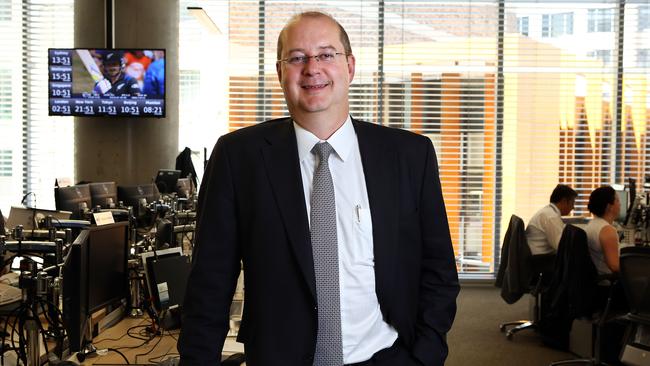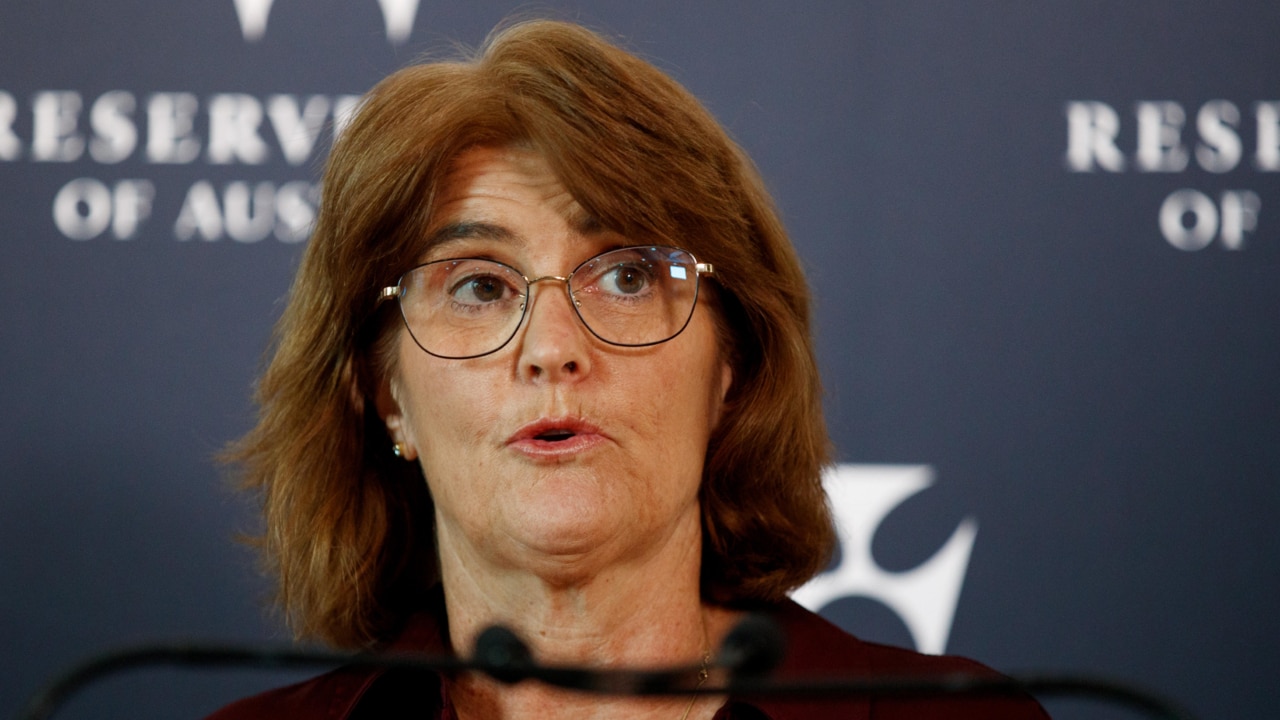Labor moving to put cost crisis blame on RBA ahead of election
Economist Warren Hogan says Labor will lay the blame for high cost of living on the RBA but tax bracket creep is hurting households just as much.

The federal government has “politically marked the ground” to put the attention and blame of the cost-of-living crisis on the Reserve Bank, according to economist Warren Hogan.
Speaking at an Australian Shareholders Association conference in Melbourne on Tuesday, Mr Hogan, managing director of EQ Economics, said the recent budget was set up for an election, with the government doing little to tackle inflation and instead adding to demand with its stimulus measures.
But the upcoming stage three tax cuts, coming in to force in July, will be “a huge pressure release valve on consumers”, he said, adding that bracket creep was having just as much, if not more, of an impact on household disposable income as interest rates.
“This government is all about spending. Government spending right now is about 25 per cent of GDP,” he said.
“The only time in history it has been at this level is when the economy has been weak, ie the early 1980s or early 1990s.
“They’re changing the fundamental approach to government finances … that is (they want) bigger government.
“If we do decide to go down the route of bigger government, more deficits and more debt, then we should be expecting some sort of adjustment on the other side of that ledger, which is most likely to come through in the form of higher interest rates and some kind of credit constraint on the housing sector.”

The gap between business and consumer sentiment showed all the pressure is currently being felt by households, he said.
“In 2023 we did not see any growth in consumption volumes in this country. That’s only the fifth time since 1980. On each of those previous times consumption stalled, business investment on average fell 16 per cent,” he said.
“In 2023, business investment rose 7.5 per cent. It’s completely at odds with the historical experience because (back then) it was a credit crunch or a commercial property sector.
“So in 2023, the slowdown in the economy is all consumers tightening their belts.”
But the pressure being brought on household budgets is starting to ease back and will ease further from July 1, he said.
“(Slowing down bracket creep) is a big pressure relief and I’m increasingly of the view that it’s not interest rates that are driving the broad pressure on household incomes, it’s bracket creep. And bracket creep is intensifying every day right up until June 30th. (Tax cuts on July 1) are going to be a huge pressure release valve on consumers.
“This focus on monetary policy as the driver of all the misery out there is a narrative generated by the government from day one, because of their political circumstances. It is not accurate. Bracket creep is having just as much, if not more, of an impact.
“Household disposable income has been as weak as it’s ever been in real terms the last few years and is smashing living standards.”
The divergence between household and business activity was helping to drive inflationary pressures, Mr Hogan said.
“The inflation story is not dead. We’ve seen a domestic inflation emerge because of stimulus, low unemployment, low interest rates.
“If the economy was going to remain on the narrow path you’d have to see business cost pressures not be able to be passed on to a weak consumer and that would hit profitability, businesses would pull back. That’s not happening.”
With real interest rates, that is nominal rates minus inflation, sitting at just above zero, Mr Hogan said the current official cash rate of 4.35 per cent was “not the right reference point”.
“Basic logic says that real interest rate needs to be somewhere near the real growth of the economy.
“If we let inflation get entrenched that is much higher interest rates and a recession … we want to avoid that at all costs.
“So 17 per cent in 1989 is probably more like 8 per cent now. We don’t want to go anywhere near that but … I think a couple of rate hikes is probably good insurance (for the economy). And not (good) for the government.”
The demographic shift from Boomers moving out of the workforce, helping to trigger a labour undersupply, meanwhile, is the “defining shift in the global economy”, Mr Hogan said.
“It has implications for the cost of labour and capital, obviously labour shortages will put upward pressure on wages and labour costs over the medium term.”
AI will displace labour in industries all across the economy, he warned. “But we’ve got to retrain that labour into other roles because we will have labour shortages.”
Separately, NAB chairman Phil Chronican, speaking about corporate Australia’s stance on social issues, including the Voice referendum, said the business community’s support for Indigenous constitutional recognition ended up being a negative as the issue became more politicised.
“(The Voice) became a political hot potato sometime after most companies had already headed down the path of supporting the Uluru statement,” Mr Chronican told the conference.
“Like many companies, we had an indigenous Reconciliation Action Plan. And therefore there was an expectation from a large group of people from those groups that we would be supportive. It’s possible that as the political issue heated up, large corporate support might have been a negative, not a positive but we just felt that we owed it to the people that we said we would support that reconciliation process to follow through.”
Mr Chronican said there was a growing distrust of institutions in Australia, including large corporates, and that he did not “feel compelled” to have a view on every issue and that
“I think you need to be able to draw a thread to your business and your business purpose. We’re the biggest bank in rural and regional Australia, we bank probably about 30 per cent of all agriculture in Australia, we’re much bigger outside of the metro areas than most of our competitors.”







To join the conversation, please log in. Don't have an account? Register
Join the conversation, you are commenting as Logout